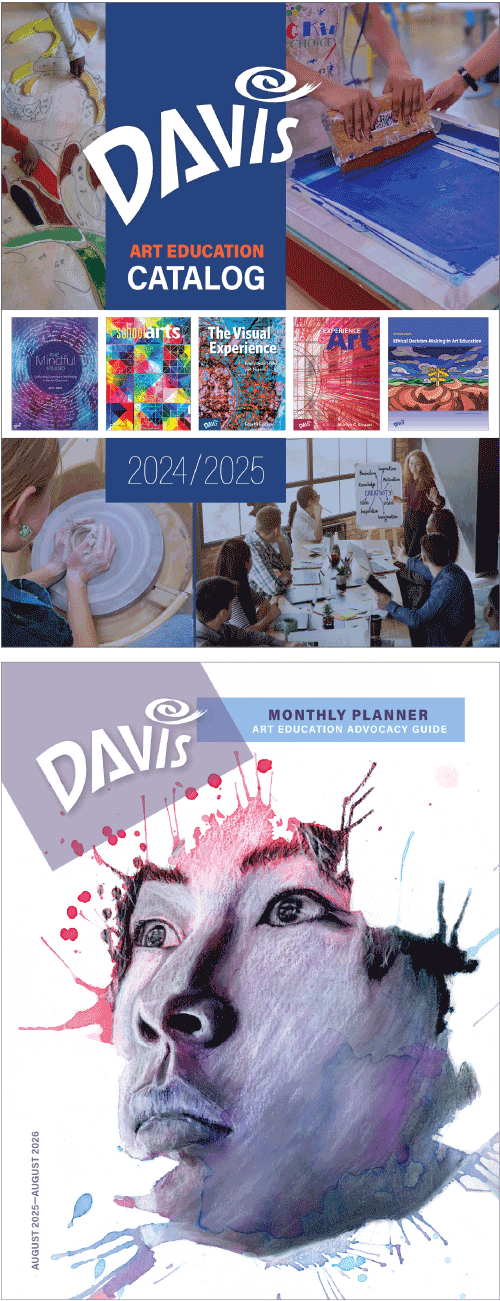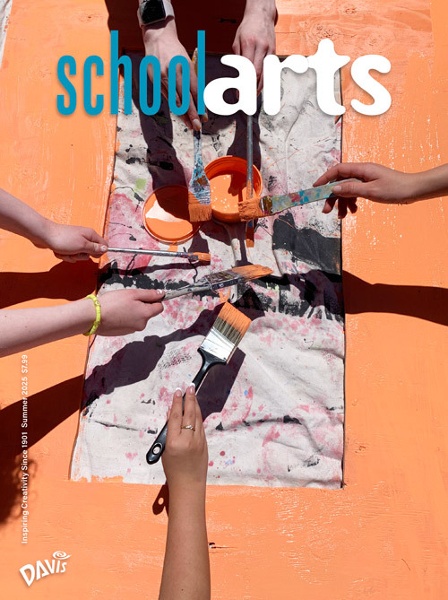An Artist of the "Cool School": Ed Moses
Far too often art history texts sum up the pioneering American avant-garde of the mid-1900s with Abstract Expressionism and the New York scene. Believe it or not, there were avant-garde artists all ov ...
Read More
